Read the latest news and brand new pieces on youth, social media, and emerging technologies! We focus on preventing harm and promoting positive online behaviors.
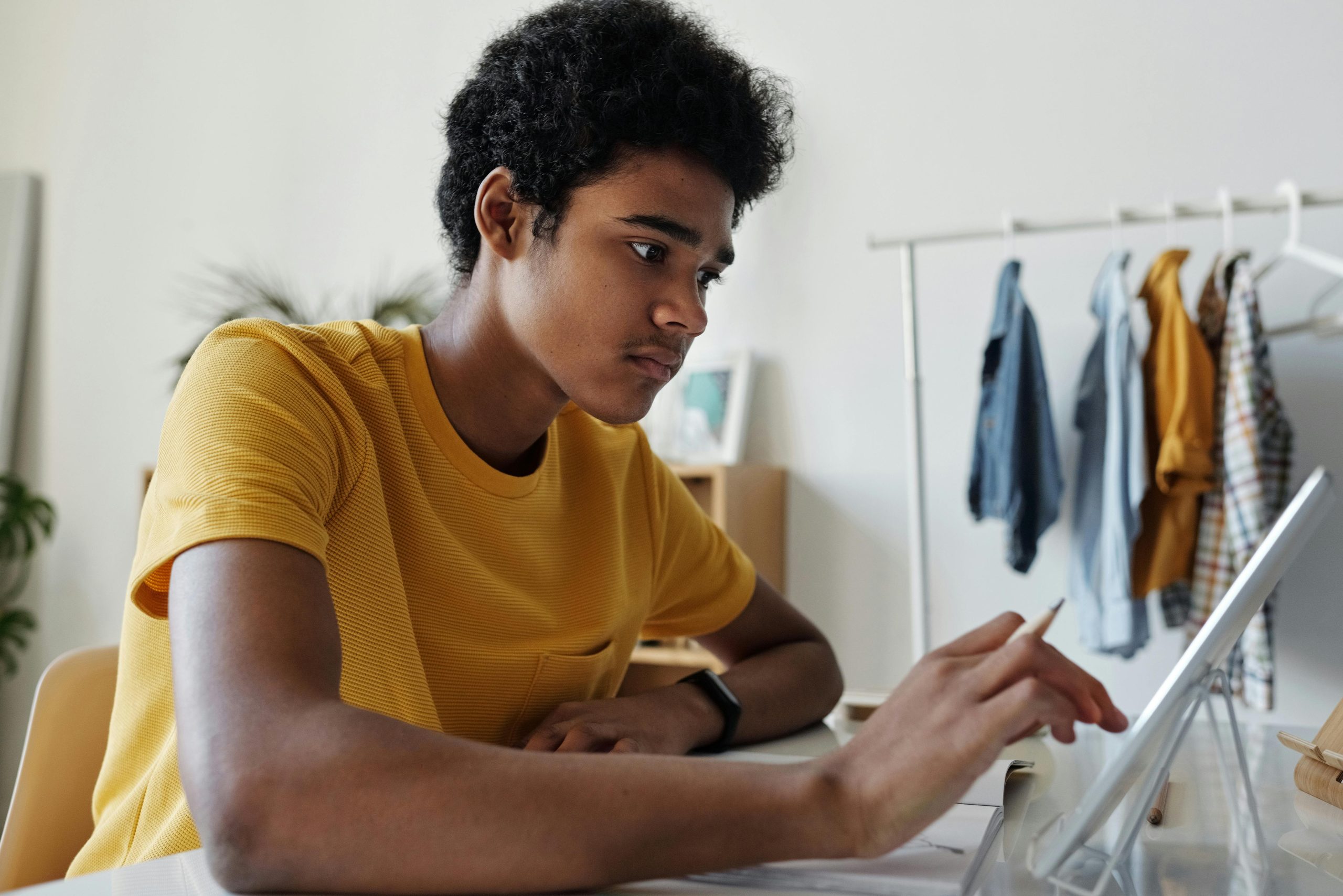
Child-Centered Digital Environments To Support Rights, Agency, and Well-Being
Over the last year, I had the honor of being a part of an international working group hosted by the TUM Think Tank at the Technical University of Munich along with my colleagues from the Berkman Klein Center for Internet & Society at Harvard University and the Department of Communications and Media Research at the […]
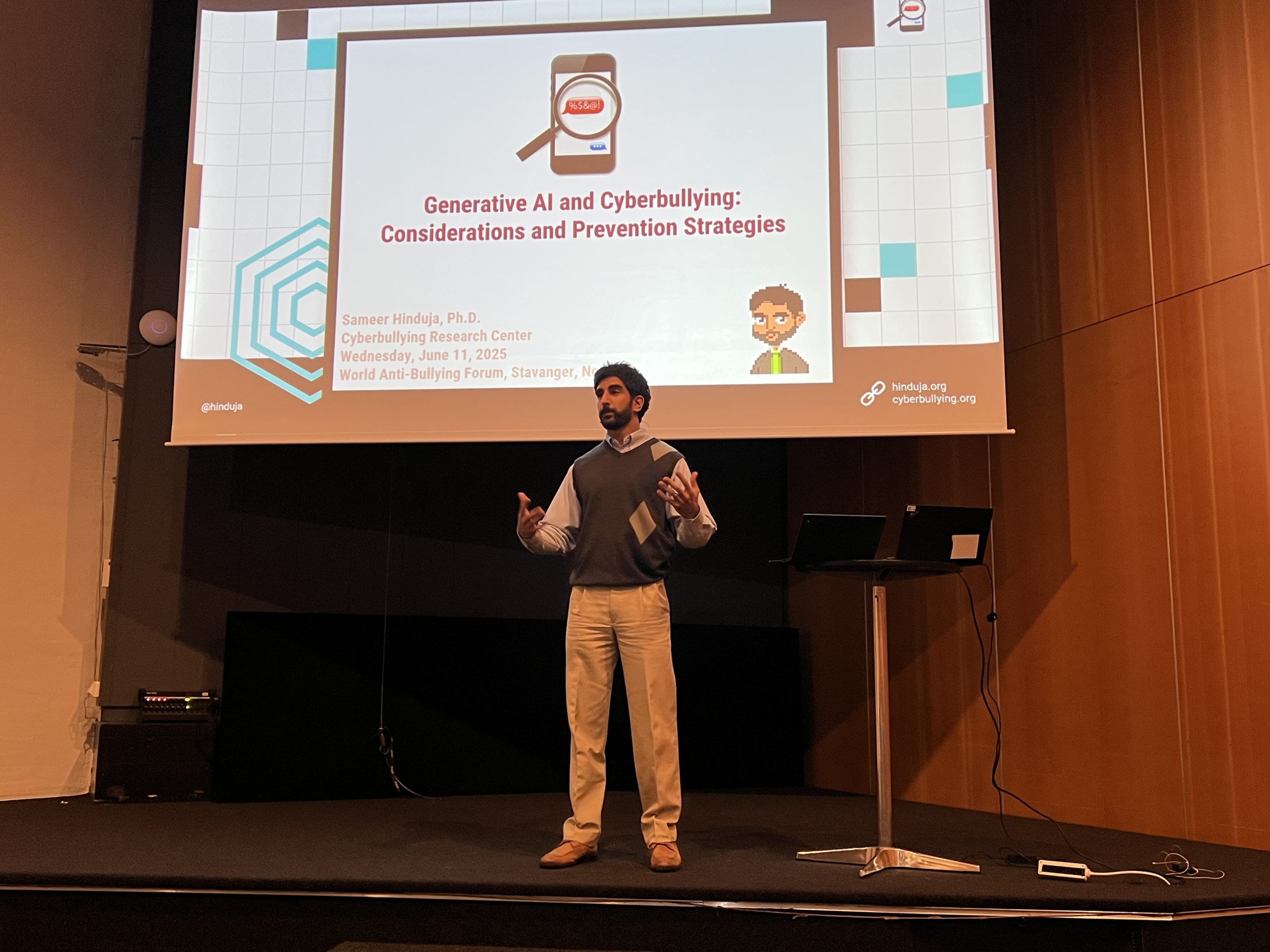
2025 World Anti-Bullying Forum in Norway
I just wrapped up participating in the 2025 World Anti-Bullying Forum (WABF) in Stavanger, Norway, and it was…epic. I do not use that word lightly. The WABF has always been special to me, as I get to spend time with other passionate scholars and practitioners who have come together to tackle bullying in all its […]
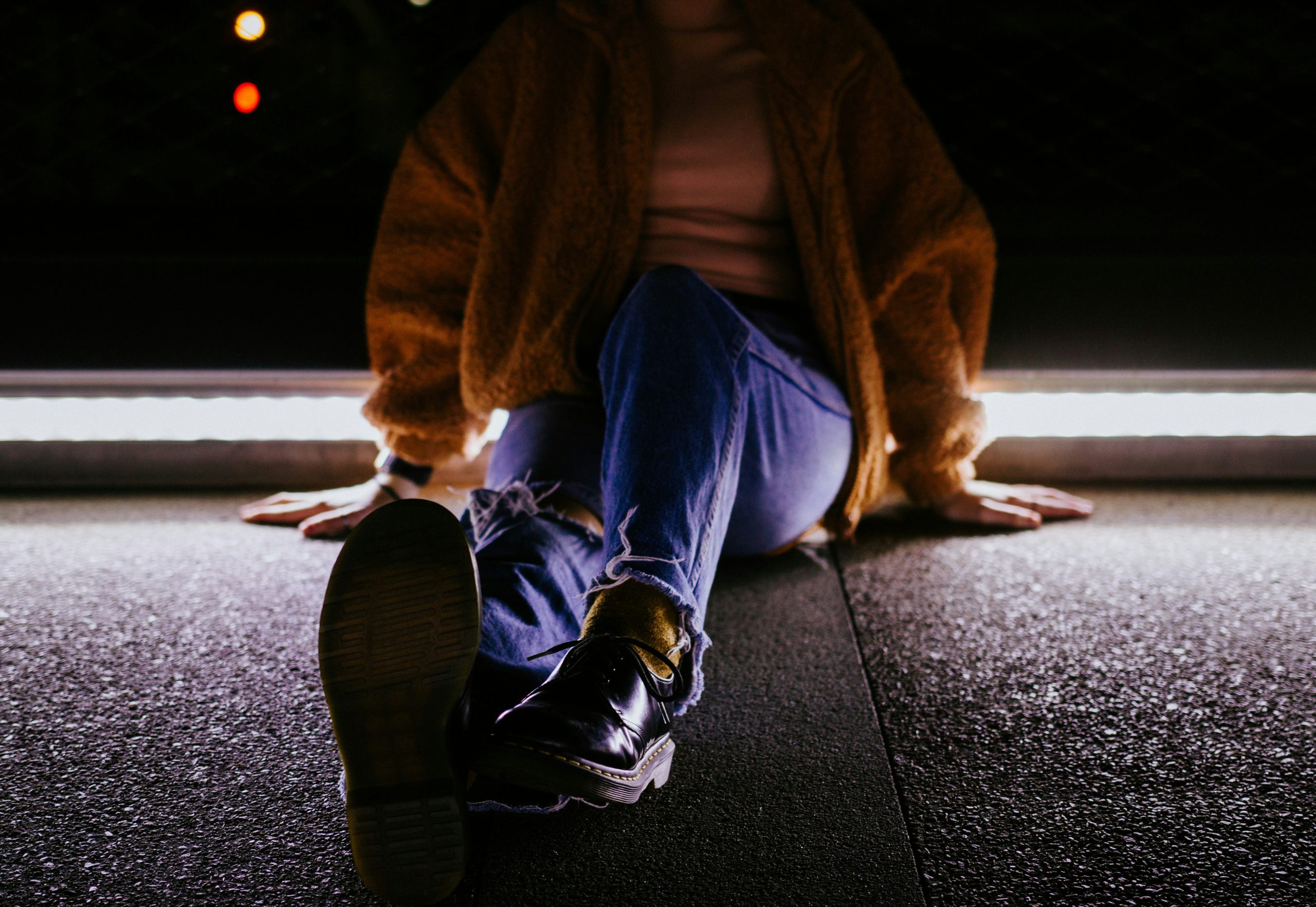
Online Aggression and PTSD Symptoms: New Findings on Traumatic Outcomes
A couple of years ago, I explored the concerning link between bullying and trauma, and summarized the existing research that showed how repeated harassment involving peers at school should be considered an Adverse Childhood Experience that has the potential for long-term traumatic impacts on healthy youth development. At the time, I suggested that cyberbullying – […]
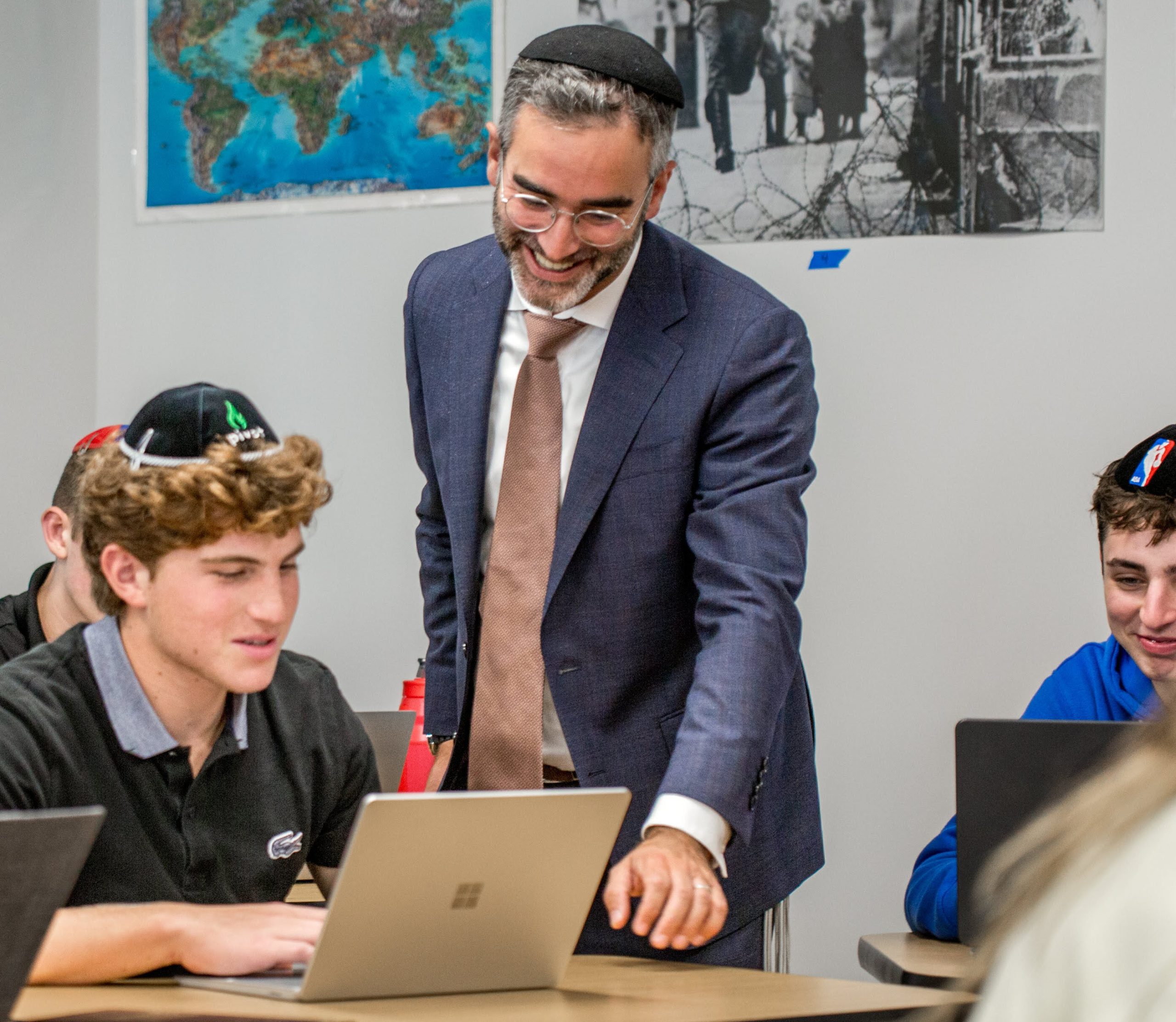
Year One of a Phone-Free School
In my last piece, I shared about the inconclusive research findings associated with banning student phones at school and the outcomes of academic achievement and positive mental health and well-being. I argued that we shouldn’t treat these devices as a singular crisis, because social, cultural, and contextual factors all strongly affect how students do scholastically […]
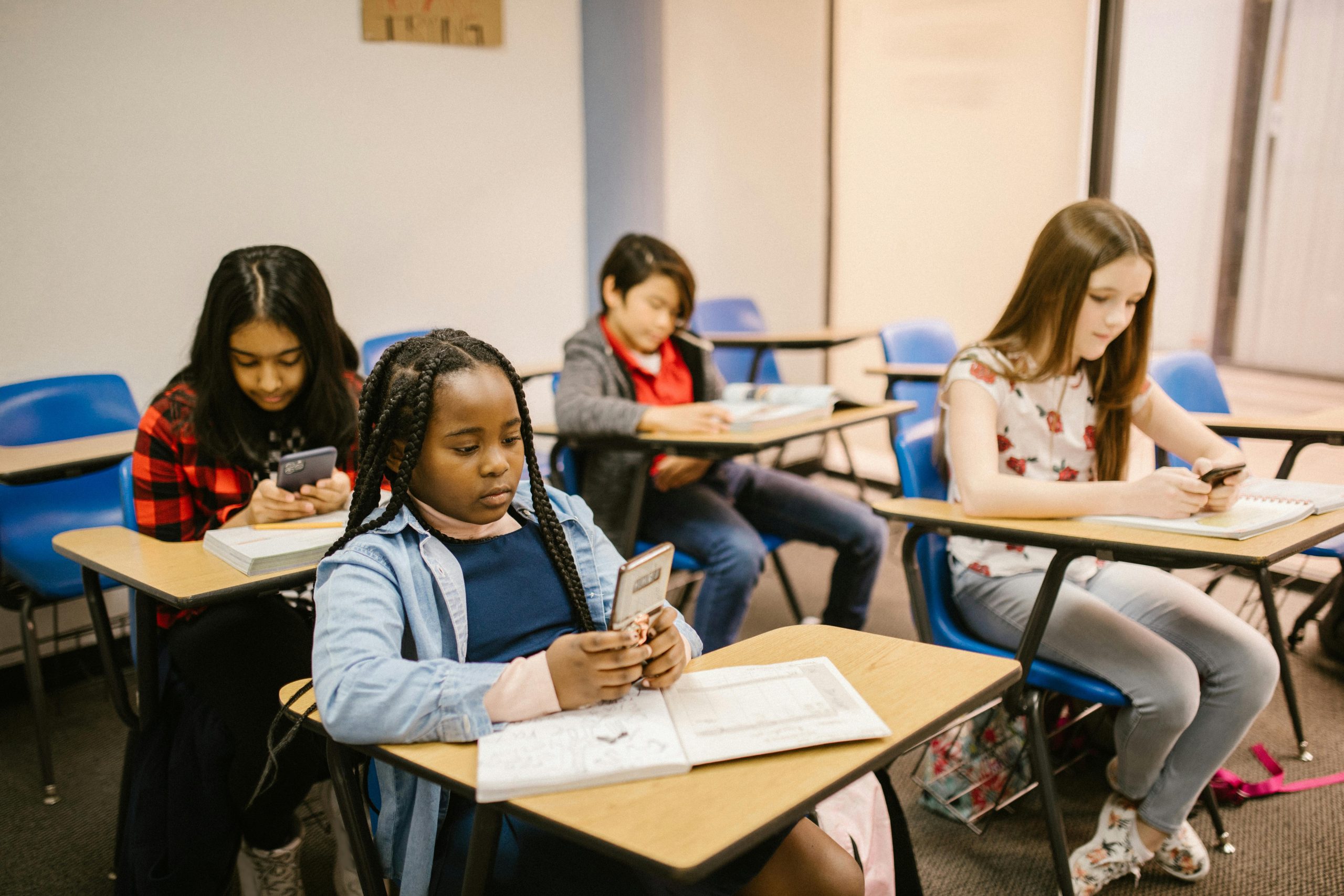
Student Phones, School Bans, and Youth Mental Health
The anxiety surrounding smartphones’ impact on youth mental health has reached a fever pitch, and I am getting an increasing number of inquiries from educators about what they should do as they approach summer, revisit their school policies, and prepare for the next academic year. Many administrators and teachers have read social psychologist Jonathan Haidt’s […]
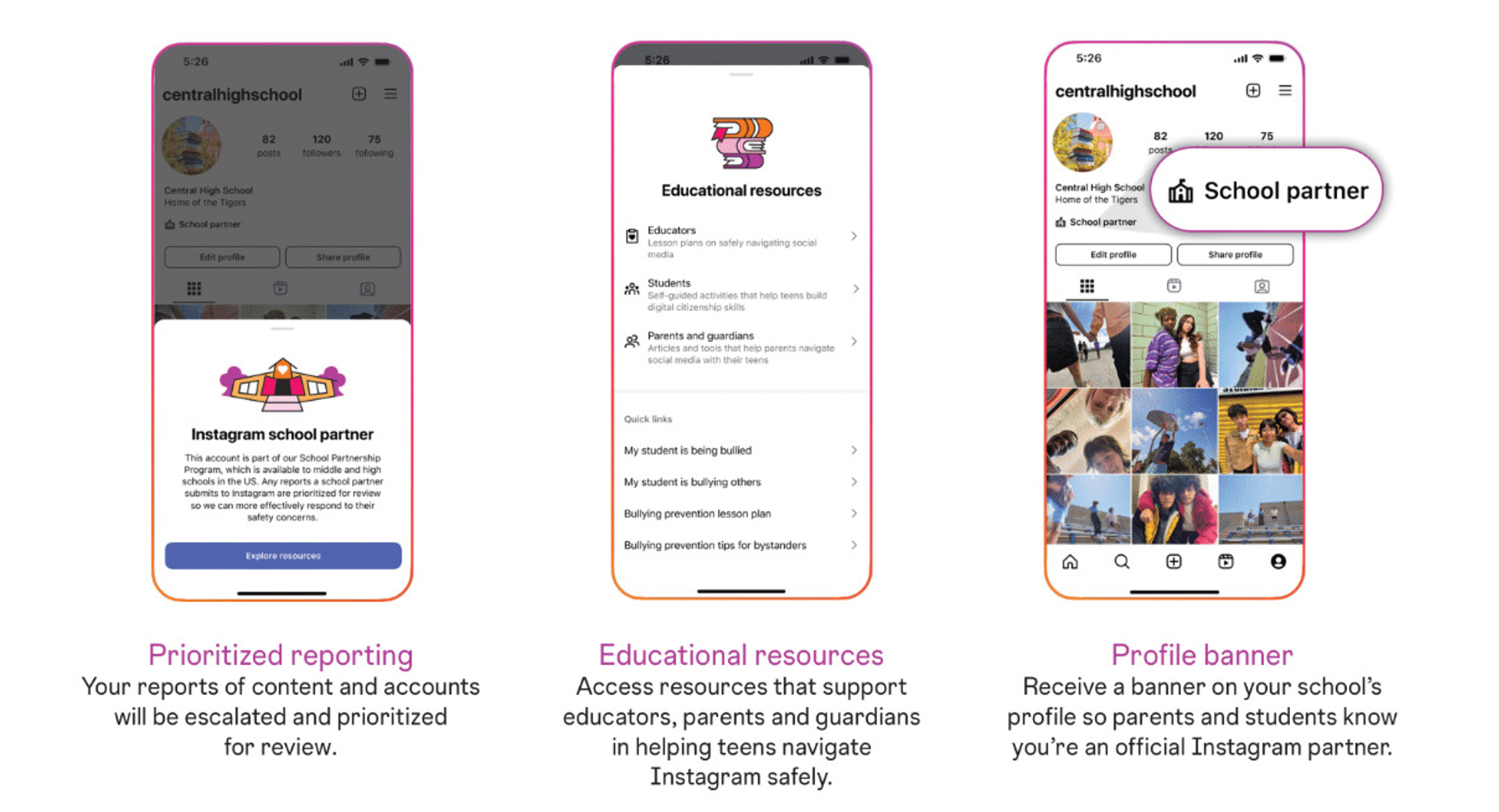
Instagram’s School Partnership Program – Prioritized Reporting to Help Students
As Youth Advisory Board members for Meta for almost a decade, Justin and I get the opportunity to use our research findings to shine a spotlight on how their products and services can be improved to better safeguard and support teens. One gap that I’ve always believed could be spanned is the one between social […]

A Teen’s View of Social Media in 2025
For our newest installment in our annual series, I’d like to introduce you to my sixteen year-old friend Elly as she sketches out the scene of modern digital life among adolescents these days. Consider this a boots-on-the-ground report covering some really relevant topics – how TikTok’s algorithm sometimes swings wildly, why Snapchat’s “private” stories require […]
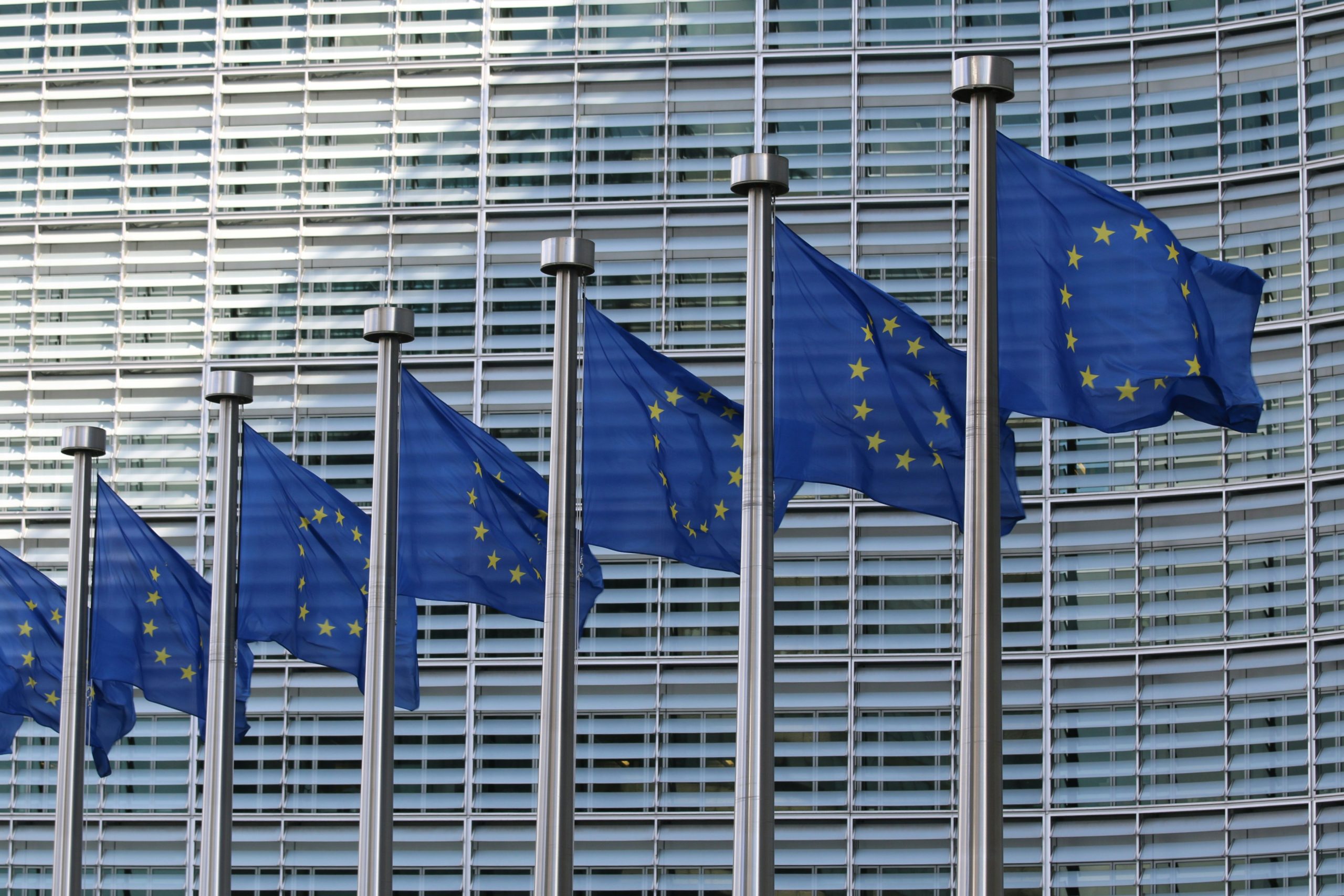
The SAFEST Model: Streamlining EU Youth Online Safety Legislation
Research demonstrates that social media offers young people significant benefits while simultaneously presenting notable risks. These services enable vital social connections, foster learning and skill development, provide safe spaces for identity exploration (especially crucial for underrepresented youth), and create opportunities for civic engagement and activism. However, these advantages are accompanied by a variety of potential […]
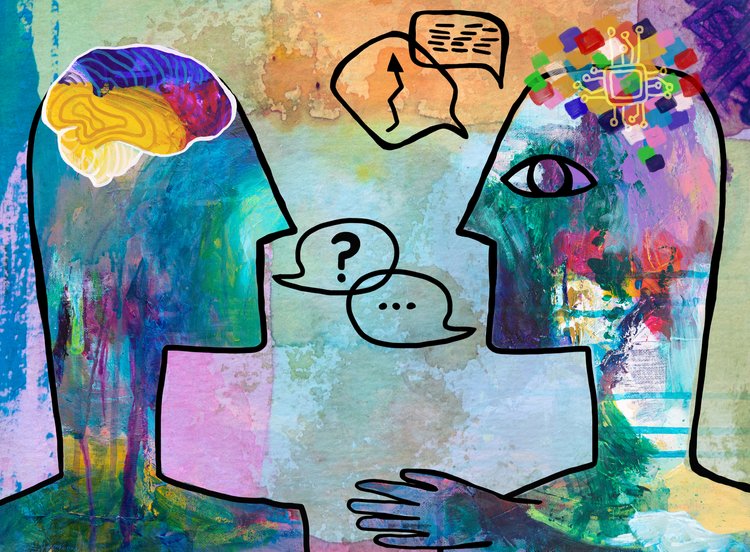
How Platforms Should Build AI Chatbots to Prioritize Youth Safety
The introduction and adoption of AI chatbots across multiple domains has ushered in many enjoyable and educational possibilities. These conversational agents – accessible via stand-alone apps or built into existing popular social media platforms – can offer companionship and support without the pressures or complications of real-world interactions. They can also provide youth with a […]

Our Cyberbullying Scale: Two Decades of Measuring Online Aggression
When Sameer and I first became interested in studying cyberbullying back in 2001, we began our inquiry by simply speaking with folks. We talked with parents and teens, but also with teachers and other school staff, as well as law enforcement officers and anyone else who worked with young people. We wanted to know more […]

